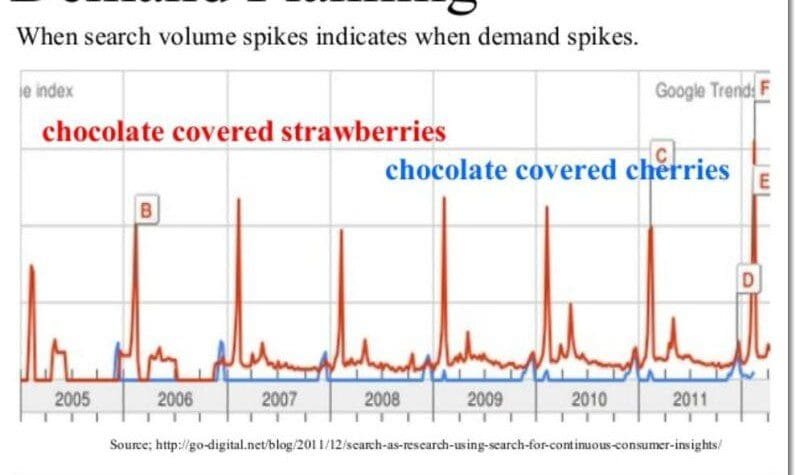
Paid Search Best Practices That Save Marketers Mucho Dollars
I came up through the ranks as a search marketer. As a marketer, I still consider myself mostly search oriented (despite my day job as an ad fraud researcher). That’s because search marketing — both paid and organic — epitomizes digital marketing. Think of your own habits for a second. When you see something interesting, including a TV ad, you are likely to go online and “google it” to find more information. When you’re considering buying something, and you’re reminded of that fact by something you read or something you saw, like an ad, you do some more research to inform your own purchase decision. Of course most people don’t spend too much time researching small ticket items like soup and soda. But for big ticket items and more complex ones, like cars and computers, people spend more time researching information online to inform their own purchase.
Search Marketing is 100X More Cost Efficient
Search ads appear when a user types a keyword to look something up. These ads are in fact the holy grail of marketing — the right ad at the right time to the right user. That’s simply because the user told you what they were looking for, when they were looking for it. It is for this reason that search marketing is by far the most effective form of marketing. It is also the most cost efficient. In addition to inventing a better search algorithm, Google’s central innovation was inventing the CPC (cost per click) payment plan. Advertisers didn’t have to pay until they got the click. Of course there were search engines before Google. But decades later we know who “won.”
Unlike display advertising before it, where advertisers paid for every 1,000 times their ad was shown (CPM – cost per “mille”), search advertising was 100X more cost efficient because marketers paid when users took the action to click on the ad. Assuming a 1% click rate — 1 in 100 ad impressions gets a click — advertisers “saved” the costs of the 99% of ads that never got clicked. This new business model, combined with good search results, allowed Google to overtake the incumbent at the time, Yahoo. Google’s dominance in digital marketing has since been solidified and history bears witness as “google it” has become synonymous with the act of finding something online, just like “Fedex it” became synonymous with shipping something.
Search as Research
Despite it being 100X more cost efficient and more effective than other digital tactics like display ads, search marketing is often severely underappreciated, and underused. Too many marketers who shifted ad budgets into digital from other channels simply applied the same TV advertising mentality to buying digital ads. They still think in terms of “reach and frequency” like in TV, so they ask for more ad impressions at lower costs. That’s how they bought TV ads for decades – they had their agency increase reach and frequency and help them negotiate lower costs. They are doing the same in digital. after all, “to a hammer, everything looks like a nail” as the saying goes. But increasing “spray and pray” by buying more display ads is not nearly as efficient as doing search marketing, which gets the right ad to the right person at the right time. And you don’t even need to pay until you get the “performance” – the click.
Beyond cost savings and better effectiveness, “search” also provides insights about what users want and even what they think. I’ve called it “search as research” for years, in the classes I taught and on client work. Search as research is a way to inform marketing, not just to do marketing. A free tool — Google Trends — can be used to find interesting insights about consumers’ needs and habits, and how they search for answers.
Take for example, the public Google search trend chart below for “chocolate covered cherries” and “chocolate covered strawberries.” Yes, the chart is from 2012, but the truth still holds. When do consumers buy chocolate covered strawberries and when do they buy chocolate covered cherries? The repeatable annual search volume pattern shows Valentine’s Day versus Christmas, respectively. These insights, driven by actual search volume, enables a marketer like Godiva to do better demand planning — i.e. make more chocolate covered strawberries for Valentine’s Day as opposed to Christmas, etc.

Share of Search
Beyond the practical example above, search volume trends and insights can be used to improve other areas of marketing too. For example, an ecommerce website dramatically improved their organic search traffic by changing “infant bedding” (the words they chose to describe their product) to “baby bedding” (the words that consumers searched for). It’s important to use the words consumers use while searching rather than the words you choose to use to describe your own product — otherwise, they can’t even find you!

We can also use…

















